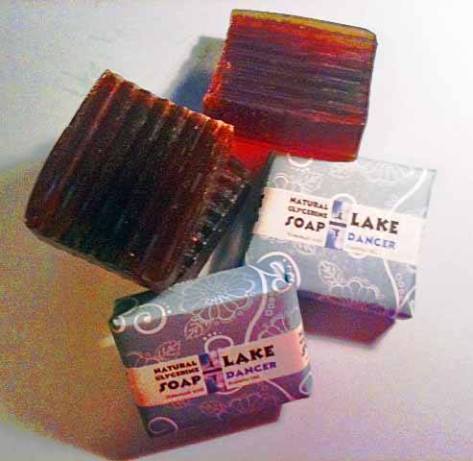
Not all soap is made with lye. There is glycerin soap.
Glycerin is a natural chemical found in animal fats and is a by-product of the commercial soap-making industry. It’s a humectant that attracts moisture to your skin. Sold in blocks at hobby and craft stores, it melts easily to form beautiful, transparent soaps without the risk associated with lye.
Glycerin soap also combines well with other ingredients, such as herbs, oatmeal, or essential oils. Handmade glycerin soap makes an attractive, thoughtful gift when packaged in a pretty box. With just a little bit of work and care, you can make beautiful glycerin soaps for personal use.
To get started making glycerin soap, follow the simple directions below:
Materials
Solid glycerin soap chunks
Measuring cup
Food coloring
Add-ins, such as oatmeal, honey, herbs, essential oils, or plant seeds
Non-stick cooking spray
Commercial soap molds or plastic food containers, loaf pans, or other containers
Rubbing alcohol
Spray bottle
Basic Directions
Fill the molds with water and pour the water into a measuring cup to determine how much glycerin you’ll need. Record the amount of water necessary to fill the molds.
Fill a large glass measuring bowl with chunks of glycerin and cover it with a paper towel. Melt the glycerin in the microwave, stirring every thirty seconds until melted but not boiling. Add more glycerin chunks if necessary to get the right amount of glycerin needed for the molds.
Spray the molds with non-stick cooking spray, wiping out the excess with a paper towel.
Stir the melted glycerin with a spoon until smooth. Stir in any additives at this point. Microwave for twenty seconds more and stir again to completely incorporate the add-ins.
Spray the soap while it is still wet with a bit of rubbing alcohol, which will eliminate any bubbles that form.
Pour the soap into the molds. Allow it to harden for two hours and then squeeze the molds to gently release the soap. Wrap the soap in paper and store in a cool, dry place.
Now you know the basics for soap making.
Supplies: http://www.bulkapothecary.com/categories/soap-making-supplies.html
http://www.soap-making-resource.com/handmade-soap-recipe.html
Also, great ideas for molds–
How to wrap–
YouTube has many videos on soap making. To not have to deal with the use of lye, search for the Melt-and-Pour process of soapmaking.
Warning: An addictive hobby.
